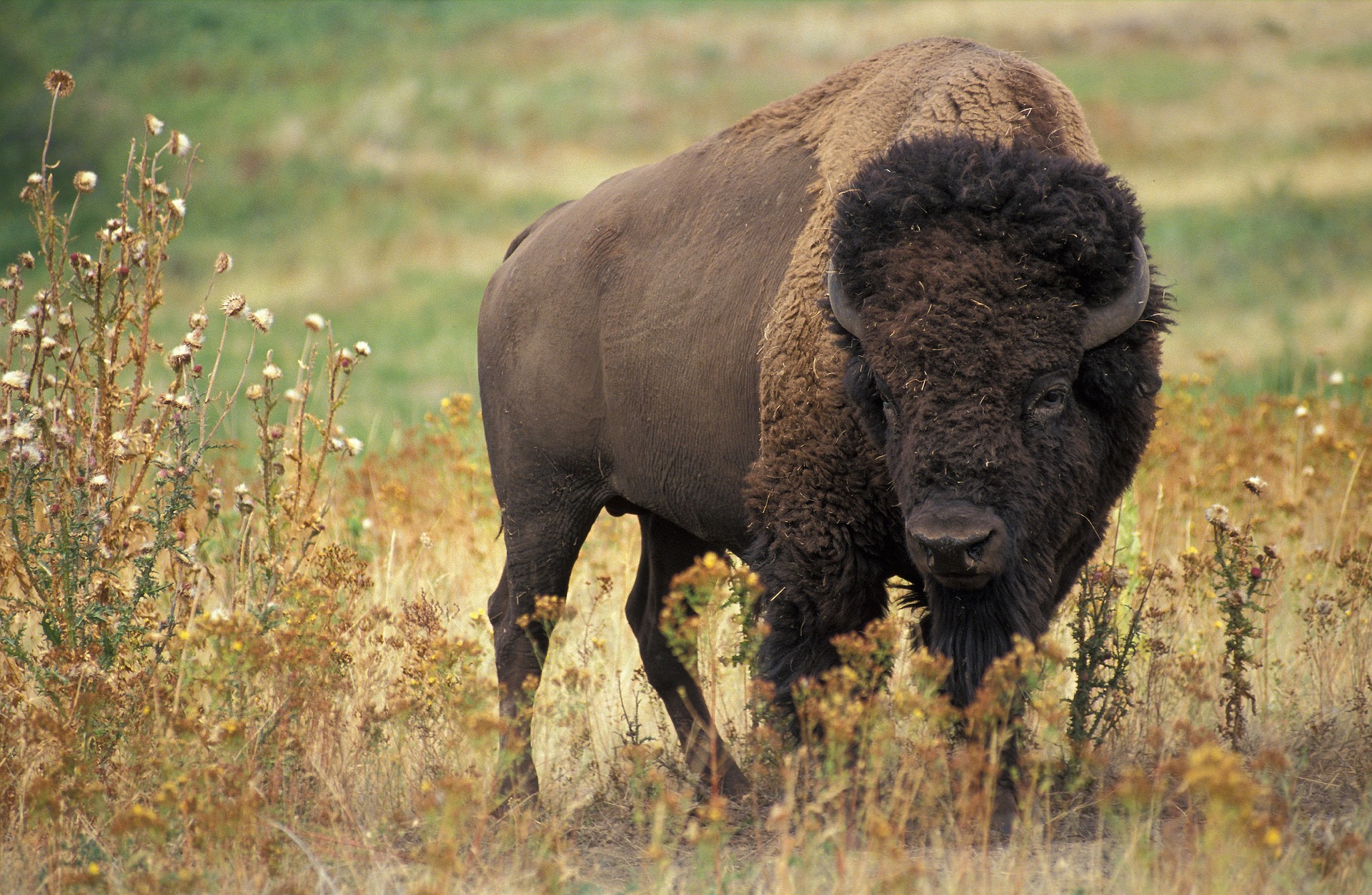
Tourists should keep a safe distance from wildlife
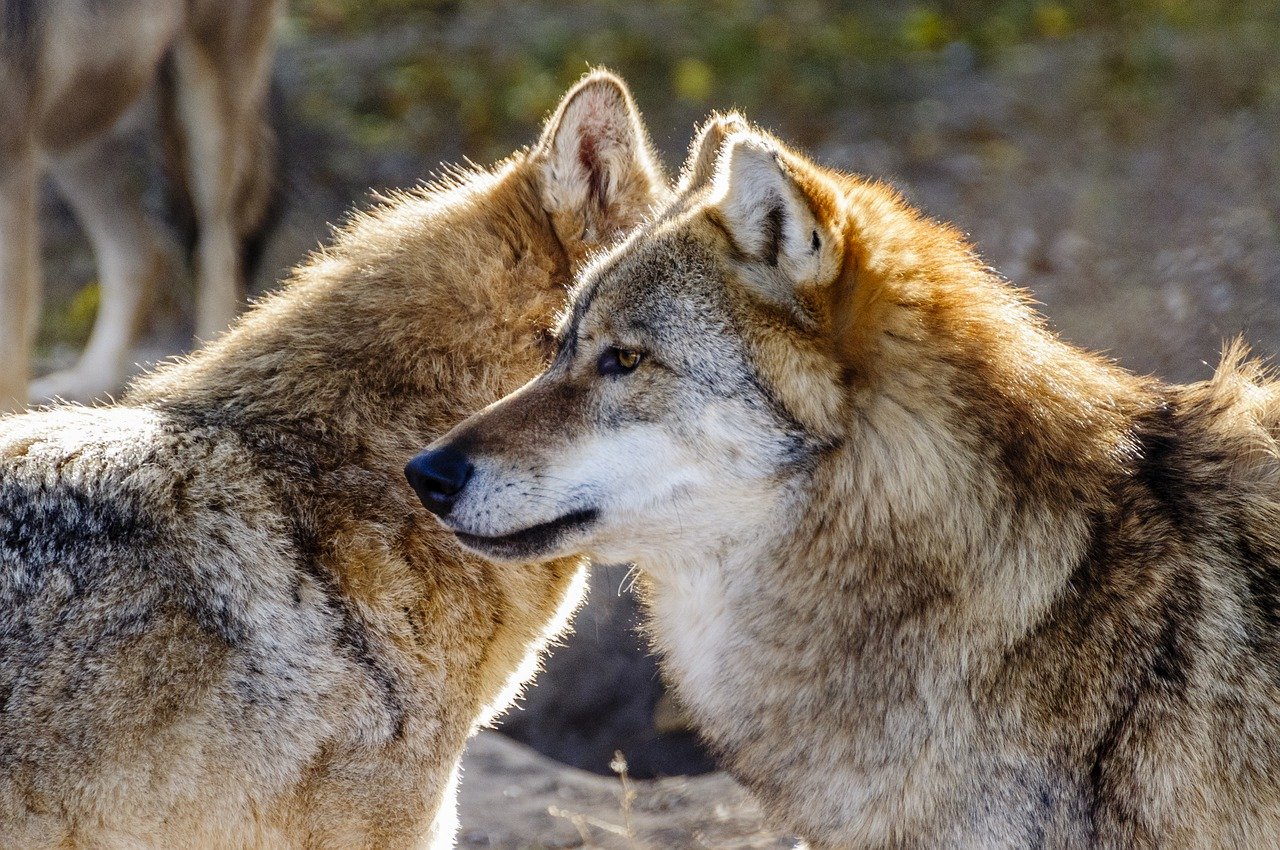
According to the National Park Service, visitors should keep a safe distance of at least 25 to 100 yards from wild animals, with the exact distance dependent on the species. However, as we know so well, not everyone takes note of the advice.
Social media often reveals examples of tourists getting too close to wildlife, while trying to take the perfect selfie. While mostly things go OK, some tourists suffer the consequences of getting too close. Recently, a child was attacked by a black bear near Montana’s Custer National Forest, while back in June, an 83-year-old woman was attacked by a bison.
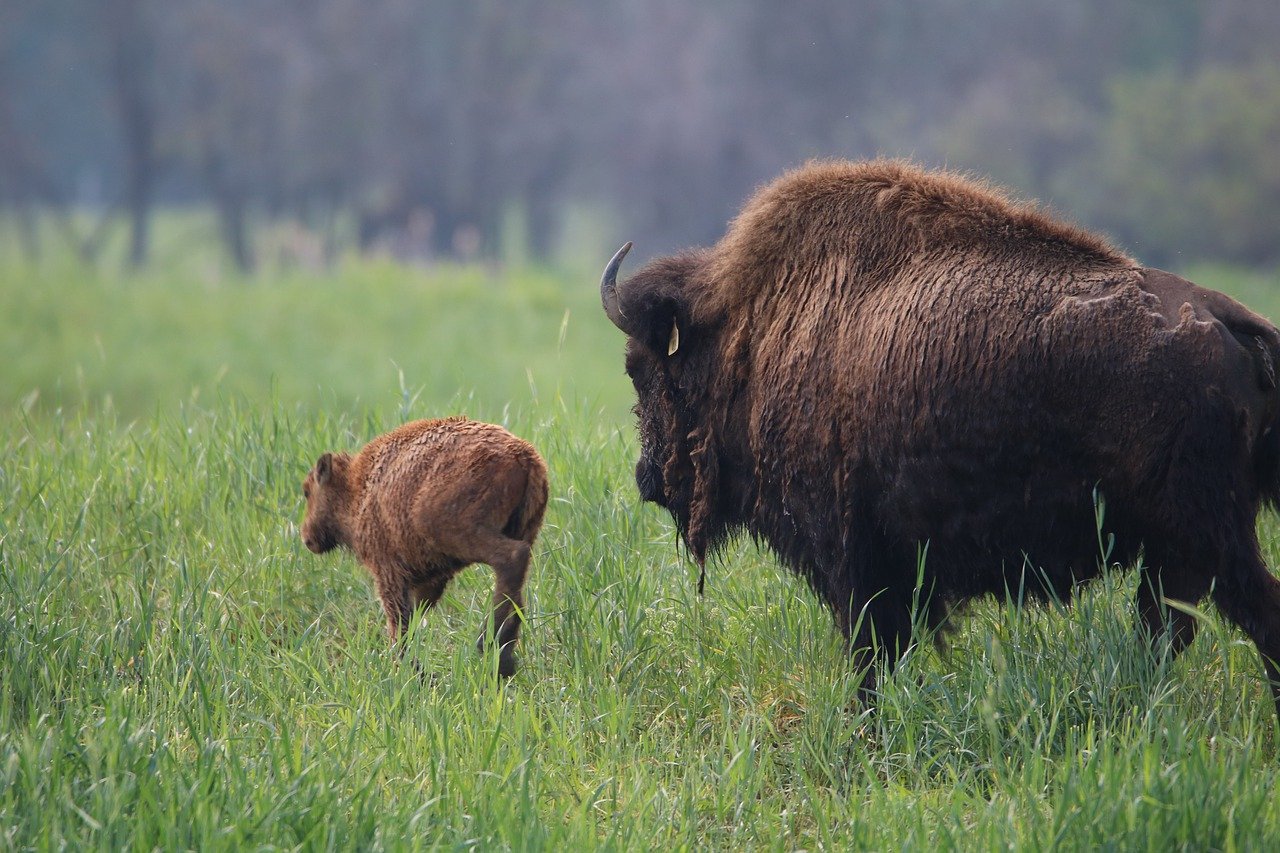
Chamois Anderson, a senior representative for the Rockies and Plains program with the nonprofit organization Defenders of Wildlife explained:
Not respecting their space could result in harm to us and their potential death. We need to abide by the rules of the park, because the wildlife could be potentially harmful to humans.
You just never know when they’re going to react in a negative way.
New Instagram filter named ‘Selfie Control’
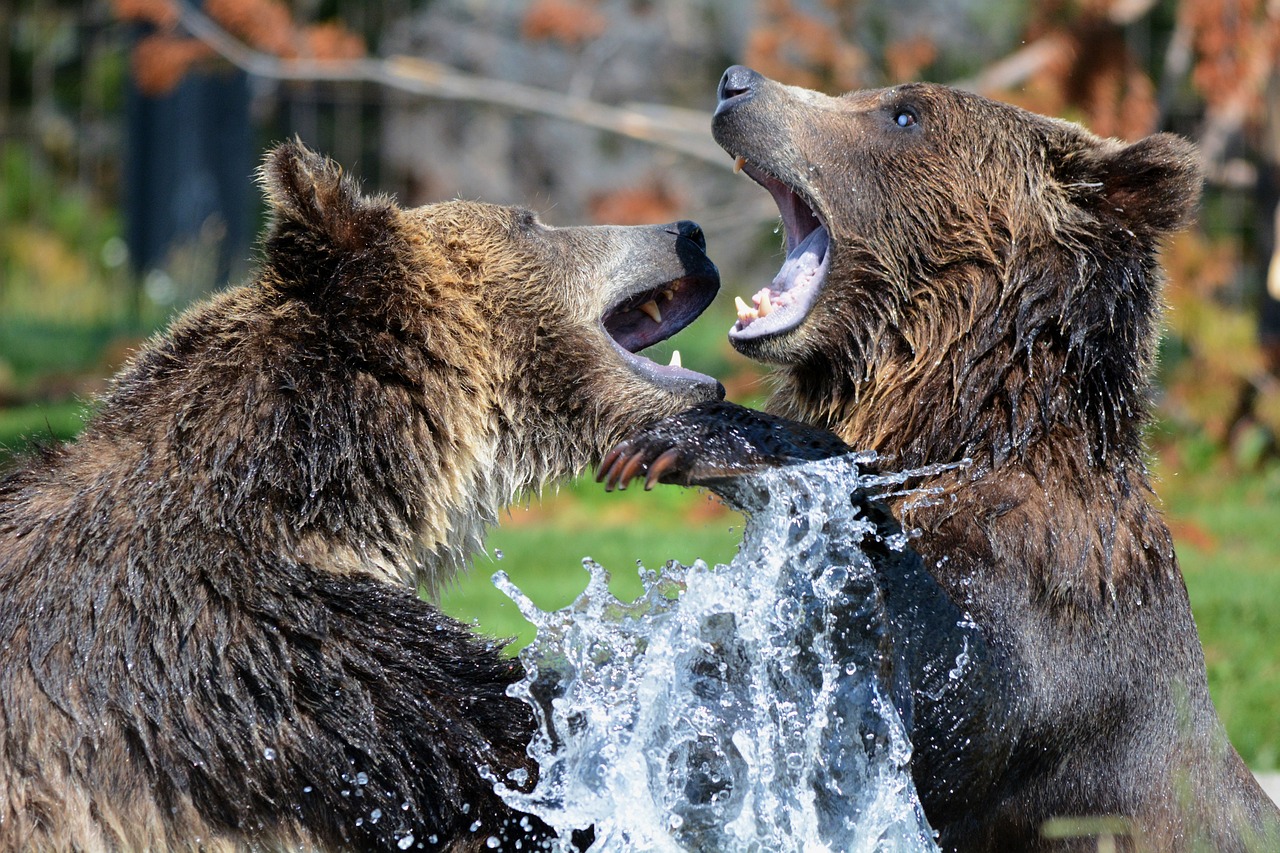
The app includes icons of five animals commonly seen in Grand Teton and Yellowstone National Parks and the surrounding region, including bison, black and grizzly bears, elk and moose. The filter offers recommended viewing distances, with 25 yards for elk, moose and bison, and 100 yards for bears and wolves.
When using the filter, tourists can visually compare the size of the real wildlife with the icon in the frame. If the real animal appears larger than the icon, this means the photographer is too close and should move back. Watch this video on Instagram to find out more.
Keeping the distance from wildlife
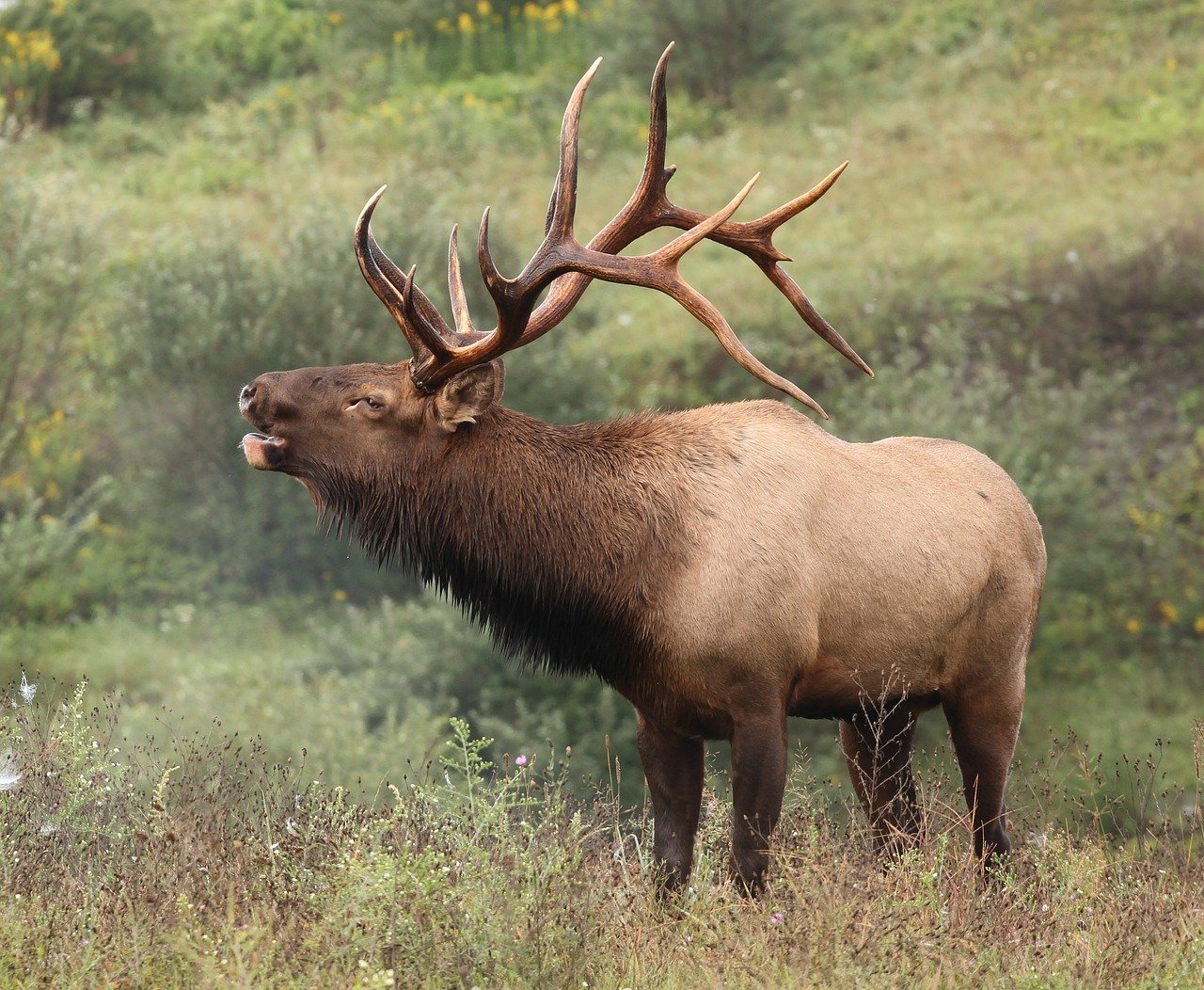
We are not discouraging people from going to see these animals, but we are trying to give them the tools to do it more responsibly and in a way that adheres to the guidelines in these wild places.
However, while visitors looking for the perfect photo think there is no harm in approaching wildlife as long and no attacks ensue, there are other potential impacts on the animals. Wildlife experts warn that even benign interactions between humans and animals can lead to significant stress on wildlife. Moreover, this can affect the mating, feeding and migratory patterns.
“Stress is probably more of a detrimental factor than the few times we actually have to euthanize animals for being aggressive,” said Renee Seidler, the Jackson Hole Wildlife Foundation’s Executive Director.
Meanwhile, Valentino said that thousands of tourists have downloaded the new filter since it was introduced in May. Meanwhile, JHTTB continues to promote it through banners, sidewalk decals, and even drink coasters in local restaurants.
Moreover, the technology is open-source, meaning other regions in the world can customize it to their own specific wildlife.

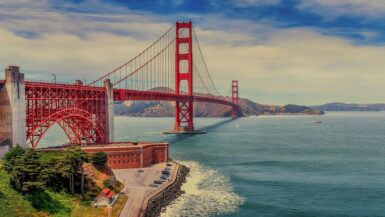


Leave a reply